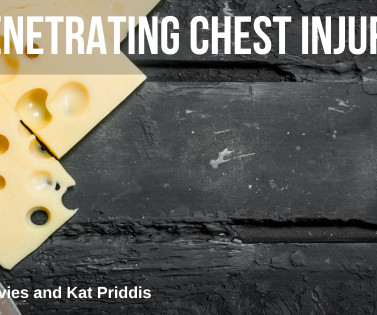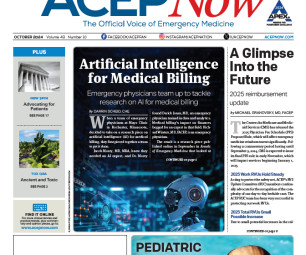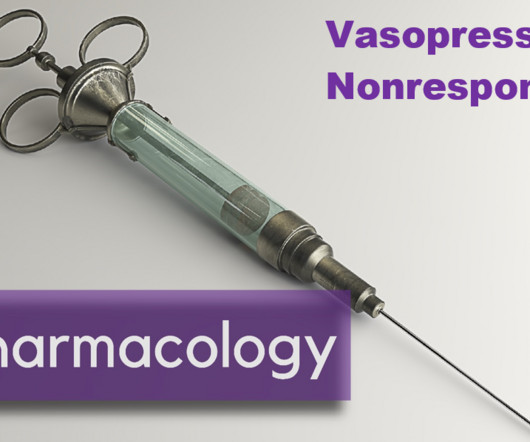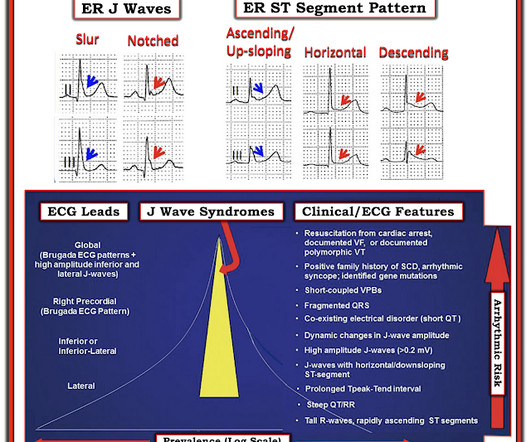SGEM#199: Therapeutic Hypothermia – What is it Good For?
The Skeptics' Guide to EM
DECEMBER 16, 2017
Hypothermia for Neuroprotection in Convulsive Status Epilepticus. NEJM Dec 2016 Guest Skeptic: Dr. Neal Little is an Emergency Physician who works at Chelsea Hospital in Chelsea, Michigan. Case: Johnny is a […] The post SGEM#199: Therapeutic Hypothermia – What is it Good For? He then has another seizure in the department.





















Let's personalize your content